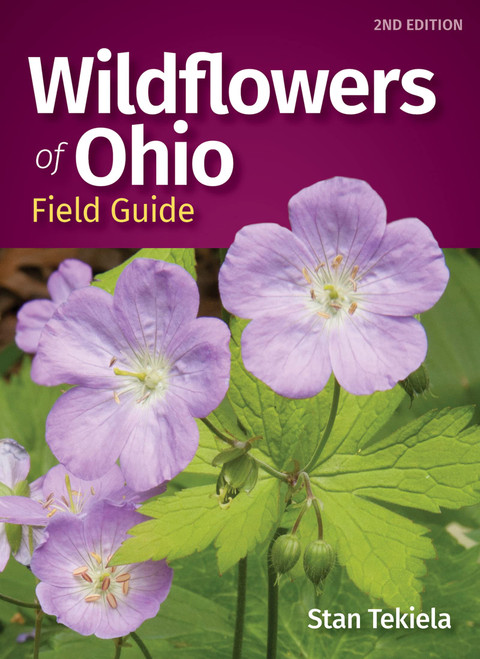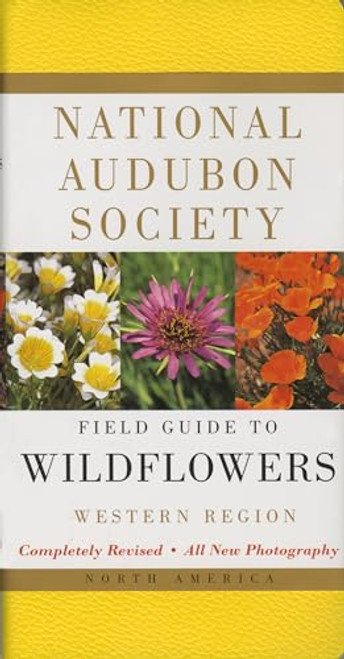Organized as a field guide, a literary anthology filled with classic and contemporary poems and essays inspired by wildflowersperfect for writers, artists, and botanists alike. The collection as a whole reminds us how lucky we are to share the world with this variety of shape and color, and to open our eyes to what grows on the side of the highway, between cracks in the sidewalk, along the riverbank. Boston Globe Winner of a 2023 American Horticultural Society Book Award American Wildflowers: A Literary Field Guide collects poems, essays, and letters from the 1700s to the present that focus on wildflowers and their place in our culture and in the natural world. Editor Susan Barba has curated a selection of plants and texts that celebrate diversity: There are foreign-born writers writing about American plants and American writers on non-native plants. There are rural writers with deep regional knowledge and urban writers who are intimately acquainted with the nature in their neighborhoods. There are female writers, Black writers, gay writers, Indigenous writers. There are botanists like William Bartram, George Washington Carver, and Robin Wall Kimmerer, and horticultural writers like Neltje Blanchan and Eleanor Pernyi. There are prose pieces by Aldo Leopold, Lydia Davis, and Aimee Nezhukumatathil. And most of all, there are poems: from Walt Whitman and Emily Dickinson, William Carlos Williams and T. S. Eliot to Allen Ginsberg and Robert Creeley, Lucille Clifton and Louise Glck, Natalie Diaz and Jericho Brown. The book includes exquisite watercolors by National Book Critics Circle Award-winner Leanne Shapton throughout and is organized by species and botanical familythink of it as a field guide to the literary imagination.
American Wildflowers: A Literary Field Guide
MSRP:
Was:
Now:
$18.36 - $32.86
(You save
)
- SKU:
- UPC:
- 9781419760167
- Maximum Purchase:
- 2 units
- Binding:
- Hardcover
- Publication Date:
- 11/8/2022
- Release Date:
- 11/8/2022
- Author:
- Barba, Susan
- Language:
- English: Published; English: Original Language; English
- Pages:
- 340

Wildflowers of Colorado Field Guide (Wildflower Identification Guides)
MSRP:
Was:
Now:
$19.18 - $23.38

Adventure Publications
Wildflowers of Ohio Field Guide (Wildflower Identification Guides)
MSRP:
Was:
Now:
$20.33 - $22.91

Adventure Publications
Wildflowers of Wisconsin Field Guide (Wildflower Identification Guides)
MSRP:
Was:
Now:
$14.39 - $21.81

Adventure Publications
Wildflowers of Minnesota Field Guide (Wildflower Identification Guides)
MSRP:
Was:
Now:
$18.75 - $21.16

Knopf
National Audubon Society Field Guide to North American Wildflowers: Western Region
MSRP:
Was:
Now:
$13.92 - $26.37

Timber Press
Wildflowers of the Atlantic Southeast (A Timber Press Field Guide)
MSRP:
Was:
Now:
$27.65 - $33.98

Balzer & Bray/Harperteen
The Field Guide to the North American Teenager
MSRP:
Was:
Now:
$11.11 - $15.70

University of Nebraska Press
North American Wildland Plants: A Field Guide
MSRP:
Was:
Now:
$36.00 - $52.40
!


